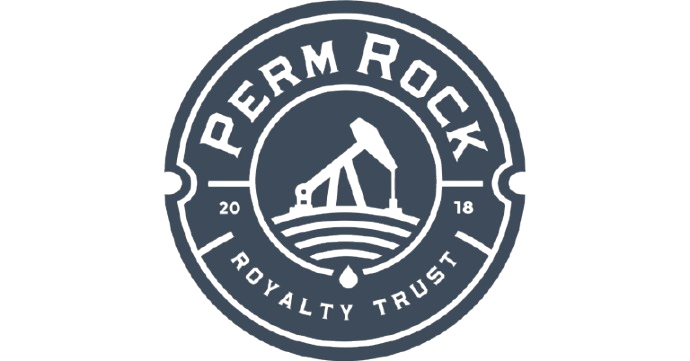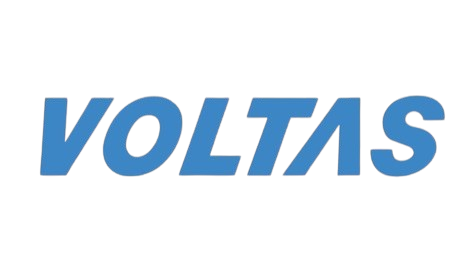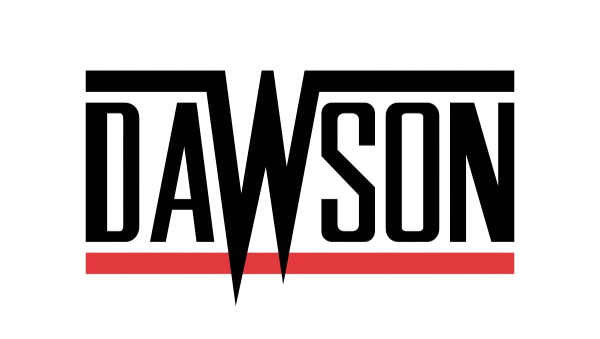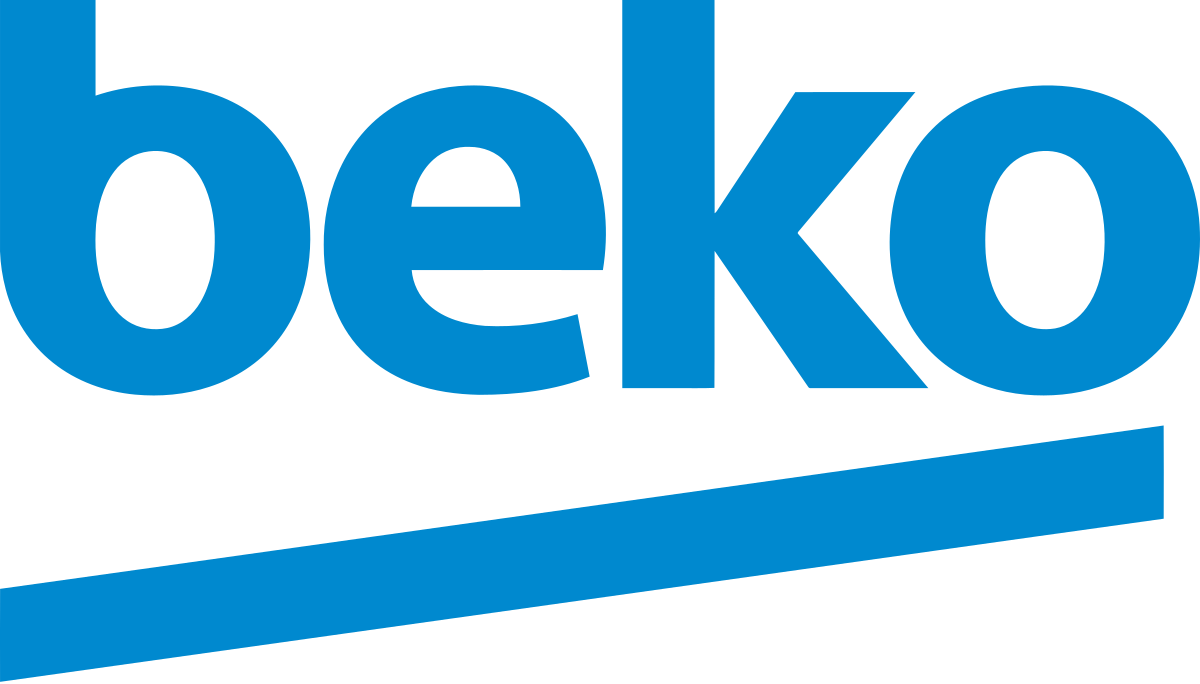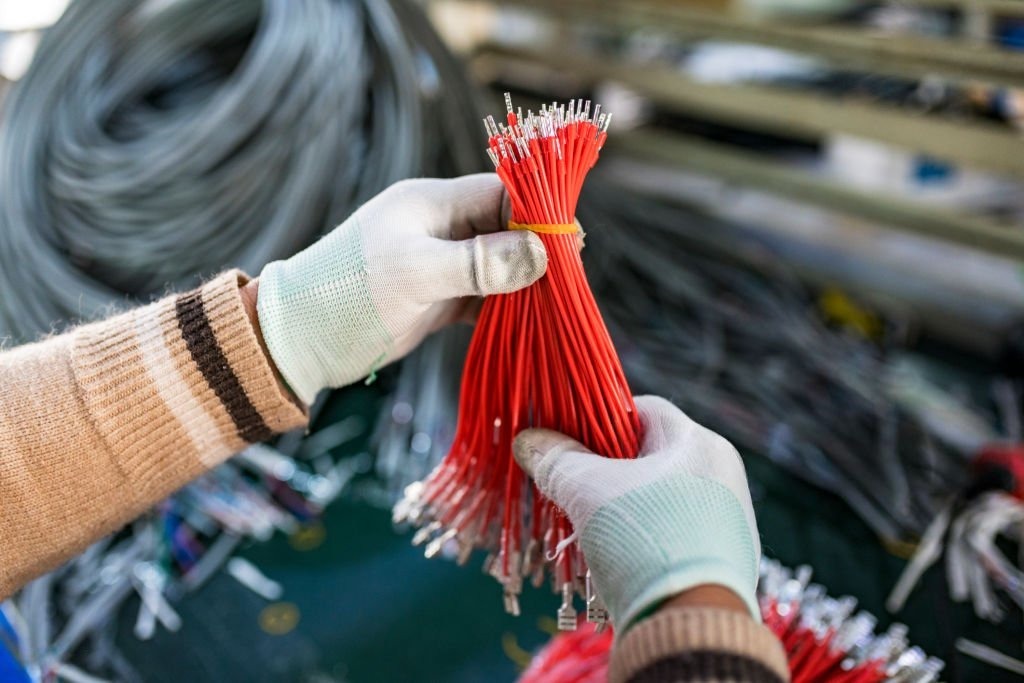
Balancing Flexibility and Durability in Wire Harness Design
In today’s rapidly evolving technological landscape, wire harnesses play a crucial role in delivering electrical and electronic connectivity across a wide array of industries. From the precise control systems in medical devices to the rugged demands of automotive and industrial automation, the performance and reliability of wire harnesses are paramount. For B2B engineers and procurement managers seeking long-lasting solutions, striking the right balance between flexibility and durability in wire harness design is not merely a design preference—it's a business-critical decision.
As a leading custom wiring harness manufacturer based in Pune, India, Celestix Industries understands the technical and operational challenges our clients encounter. We are committed to 100% in-process and final quality control, and we deliver ISO 9001 and IATF 16949 certified harnesses with the flexibility to support both low and high-volume production. Our mission is to provide reliable, tailor-made solutions that exceed industry expectations.
Why Balancing Flexibility and Durability Matters
In many applications, wire harnesses must bend, twist, and conform to tight spaces without compromising performance or safety. This is especially true in industries such as automotive, consumer electronics, and medical equipment, where compactness and movement are standard requirements. At the same time, these harnesses must withstand wear, vibration, moisture, and temperature extremes throughout their service life.
Excessive flexibility may lead to premature insulation wear or reduced shielding performance.
Excessive rigidity increases the risk of wire breakage or connector failure under dynamic conditions.
Striking this balance is essential for robust wire harness design, especially when dealing with flexibility in wiring harnesses for dynamic environments and ensuring durable wiring harness solutions for industrial and automotive applications.
The trend toward tighter packaging and greater electronic functionality in compact systems places additional strain on wire harness design. As industry demands grow for faster production cycles and higher system reliability, engineers must rely on high-precision design, material quality, and consistent manufacturing practices to overcome wire harness failure modes such as conductor fatigue, connector degradation, or environmental stress cracking.
Long-term reliability is enhanced through proactive design strategies, including simulation of environmental stressors, evaluation of fatigue in wiring harnesses, and the selection of materials resistant to thermal and mechanical degradation. By anticipating potential points of failure, engineers can extend product life while reducing maintenance and replacement costs.
Key Design Factors: Optimizing for Performance
Conductor Selection: Stranded vs Solid Wire
Stranded wire is suited for dynamic or mobile applications requiring frequent movement. It offers enhanced flexibility.
Solid wire is best for static installations where strength and conductivity are primary concerns.
Celestix typically recommends stranded copper conductors, particularly for automotive wiring harnesses and high-voltage wiring harnesses used in electric vehicles and hybrid platforms.
Comparison Table: Conductor Types
Insulation & Jacket Material
Selecting the correct insulation material ensures a wire harness performs reliably under thermal, mechanical, and environmental stress.
PVC: Cost-effective, moderately flexible.
TPE/TPU: High abrasion resistance and flexibility.
XLPE: Excellent thermal stability and chemical resistance.
Silicone: Highly flexible, suitable for high-temperature environments.
PTFE: Exceptional resistance to heat and chemicals.
Performance Table: Insulation Materials
Celestix assists clients by providing material samples, testing data, and real-time application simulations to support informed material selection.
Routing and Bend Radius
Good harness design minimizes stress by adhering to manufacturer-recommended bend radii, avoiding sharp turns, and integrating grommets and support features. Our CAD-based tools allow clients to visualize and optimize their layouts.
Mechanical and Environmental Protection
To maximize durability:
Incorporate sleeving, tubing, and overmolding.
Use braided sleeving for abrasion protection.
Apply heat-shrink tubing at vulnerable junctions.
Implement abrasion-resistant sheathing for dynamic zones.
For demanding environments, Celestix offers ingress-protected (IP-rated) harness solutions for outdoor and wet applications.
Interface Engineering
To ensure long-term reliability:
Match connector systems with proper ratings.
Add EMI shielding where needed.
Use overmolded connectors to prevent ingress.
Test interfaces against vibration and thermal cycling.
Real-World Applications (Expanded)
Automotive: EV harnesses designed for tight routing, resistant to flex-fatigue, and compliant with global automotive standards.
Medical Devices: Lightweight, ultra-flexible, and EMI-shielded harnesses that ensure consistent performance in mobile diagnostic tools.
Industrial Automation: Modular wire harnesses designed for robotic arms, capable of handling high vibration and 24/7 operation.
Aerospace Systems: Flight-rated harnesses with PTFE insulation and EMI shielding for cockpit electronics and navigation systems.
Consumer Electronics: Compact harnesses designed for aesthetic and electrical performance in audio and smart home devices.
Celestix Advantage Snapshot
Flexible capacity for prototyping and scale production
In-house lab for validation and material testing
Compliance with ISO 9001, IATF 16949, and AS9100 standards
Advanced overmolding and fixture capabilities
Rapid prototyping via 3D printing
EMI, thermal shock, and voltage drop testing
Full lifecycle support from CAD to shipment
Celestix takes a comprehensive approach to wire harness engineering, ensuring optimal performance while reducing cost and risk throughout the product lifecycle.
Key Takeaways
Balancing flexibility and durability is essential for long-lasting wire harnesses.
Material selection, mechanical protection, and interface design all play critical roles.
Real-world testing (thermal cycling, EMI, flex fatigue) is a must.
Regulatory and industry compliance ensure global acceptance.
Celestix delivers performance, reliability, and scalability for every application.
Get Started with Celestix
Looking for a reliable partner to engineer your next custom wire harness design? Celestix offers end-to-end support, from prototype to mass production, across industries like automotive, medical, industrial automation, and aerospace.
Contact our engineering team to discuss your specifications and discover the Celestix advantage.
Email: sales@celestixindustries.com
Website: www.celestixindustries.com
Let’s collaborate to create wire harnesses that are engineered for excellence.
